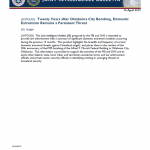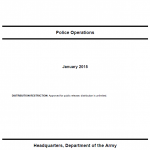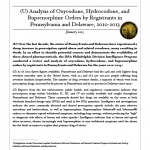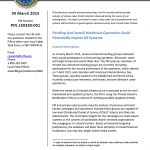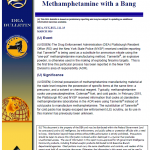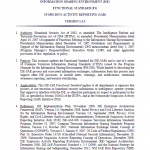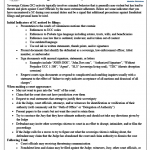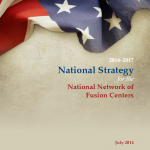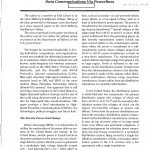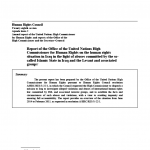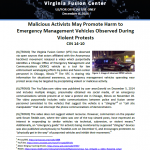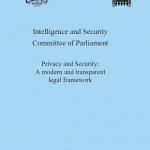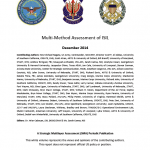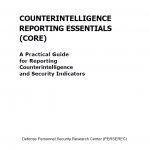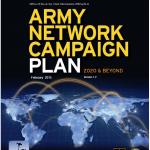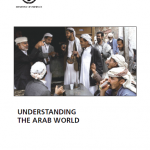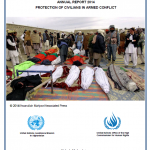
A joint intelligence bulletin released by the Department of Homeland Security and FBI to coincide with the twentieth anniversary of the Oklahoma City Bombing warns that “domestic extremism will remain a persistent threat through the end of 2015 and beyond” with “high confidence that lone offenders and those who pursue leaderless resistance continue to pose the greatest threat of violence.” The bulletin, which is based on “recent patterns of extremist activity” often “taken by those who plan and act alone or in small cells,” states that domestic extremism “remains a persistent threat, and the United States has experienced violent ideologically-motivated criminal acts, both prior to and after the Oklahoma City attack” including “assaults, arsons, shootings, and use, or attempted use, of improvised incendiary and explosive devices, resulting in death, injury, and property damage.” Moreover, the bulletin states that “many of the same motivations used by domestic extremists to justify their criminal acts in the mid-1990s—anti-government and anti-law enforcement sentiment; racial, ethnic, and religious hatred; and advocacy of violent conspiracy theories—continue to influence domestic extremists and their targeting choices in 2015.”

